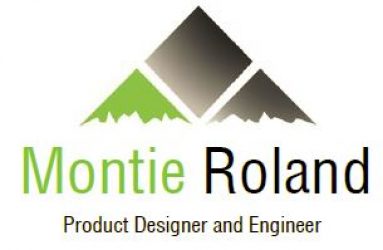Todays client generally wants a product that is economical to manufacture, elegant, and robust. Robust products have an advantage in the market place. This is especially true in this age of the easy accessibility to user reviews over the Internet.
According to the Wikipedia,
Robustness is the quality of being able to withstand stresses, pressures, or changes in procedure or circumstance. A system, organism or design may be said to be “robust” if it is capable of coping well with variations (sometimes unpredictable variations) in its operating environment with minimal damage, alteration or loss of functionality.
Why is robustness important? Robust products perform as expected in a wide variety of situations, environments and contexts. Robust products often outperform expectations and delight users. Robust products have significantly reduced warranty returns. These products leave a positive impression on the user. Customers often respond by becoming local, or internet, evangelists for the products. These customers may also become life long users and purchasers of the product, or service.
Developing criteria to gauge the robustness of a product can difficult. Some industries and user contexts (such as military) already have specifications in place to gauge the robustness of a product. Unfortunately, many industries do not think in terms of robust products. Robustness can be a broad and vague requirement, especially if the approach to defining qualitative (and subjective) terms is not organized and methodical.
A good way to understand robustness, is to look at areas that are impacted by the robustness of a product. One area that robustness impacts is manufacturing. A robust product tends to be easier to manufacture because it is less sensitive to tolerances and other small variations in the process. When a product is less sensitive to changes in the manufacturing process, it is usually less expensive to manufacture. Robustness at the manufacturing level is often the result of well planned and executed design that avoided ?mission creep?.
Robustness at the user level is manifested in many ways. One example is having the product perform as expected on a continuing basis. An example of a robust design is the ignition switch in your car and the key to turn the switch. This switch is often used twice a day for ten or more years. The key that you started your car with today is probably in your pocket, or purse, as you are reading this article. That key is constantly (while carried in a pocket or purse) in contact with other metal objects such as change and other keys. Many times, at the end of the day, keys are tossed into a bowl or other container for overnight storage. Car keys see constant wear and abuse from the user and the environment. However, when you walk out to your car you, expect the key to turn the ignition and the car to start. The devices are used in a wide variety of environments from cold weather in the winter to hot weather in the summer. The user may be wearing thick winter gloves. Keys also must be adaptable for use in a wide variety of environments from a mans trouser pocket to a womans purse. They must be small enough to fit in a purse or pocket. The car key and ignition switch are examples of two very robust devices that function very reliably for an extended period in wide variety or circumstances and environments.
Robustness must be designed into the product from the beginning. One way to develop robust products is to determine (in the beginning of the project) exactly what product it is that you really wanted to design. Products must be well defined and targeted. Mission creep (the addition of unnecessary or previously unanticipated features) is the enemy of robust products. Mission creep is where the product design mission is expanded from the initial, targeted product. Mission creep diverts resources and time away from the appropriate product in an effort to extend the product into areas, or features, that arent critical for the success of the product. This lack of focus can result in extra product features at a cost to the robustness of the product.
Robustness also comes from a commitment to integrity in all stages of the design and manufacturing process. Customers expect robust products. Companies delivering robust products exceed the expectations of the customer. They are also creating an environment that encourages repeat purchases from satisfied clients and that is good for the bottom line.
Montie Roland is President of the Carolinas Chapter of the Product Development Management Association. Roland is also President of Montie Design, a product development and prototyping firm in Morrisville, NC and the RTP Product Development Guild. You can reach Montie by email at: montie@montie.com

